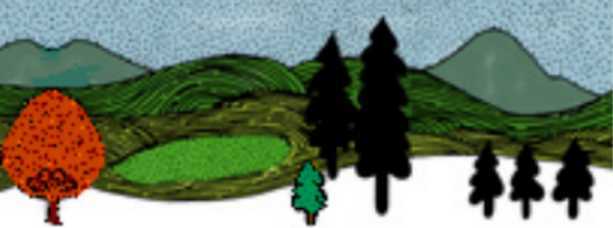(Updated: Jan. 30, 2011)
|
CHAPTER 3: SUPPLY AND DEMAND: REVIEW ONLY, NOT TESTED Concepts
and Definitions:
Law of Demand Law of Supply The difference between demand and quantity demanded The difference between supply and quantity supplied The determinants of demand and their impact The determinants of supply and their impact A change in demand versus a change in quantity demanded A change in supply versus a change in quantity supplied Graphical
and technical issues:
Slopes of the demand curve and supply curve Movement (or sliding ) along a curve versus shifting of the entire curve What is a theoretical model? Applications
and interpretations:
How is demand represented graphically?
How is quantity demanded represented graphically? How is supply represented graphically? How is quantity supplied represented graphically? Why is the demand curve sloped downward? Why is the supply curve sloped upward? Know how to represent and interpret changes in the economy graphically on supply
and demand graphs.
(e.g. prices of inputs, technology, resource
availability, expectations, prices of other goods, preferences,
income, wealth, etc.)
|

